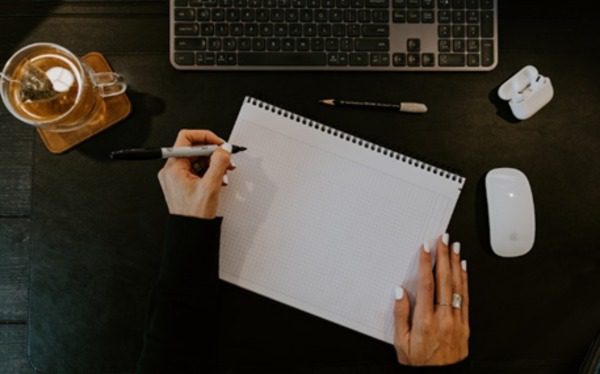Summary of Belief Samples Are All You Need For Social Learning, by Mahyar Jafarinodeh et al.
Belief Samples Are All You Need For Social Learning
by Mahyar JafariNodeh, Amir Ajorlou, Ali Jadbabaie
First submitted to arxiv on: 25 Mar 2024
Categories
- Main: Machine Learning (cs.LG)
- Secondary: Social and Information Networks (cs.SI); Systems and Control (eess.SY); Dynamical Systems (math.DS); Optimization and Control (math.OC)
GrooveSquid.com Paper Summaries
GrooveSquid.com’s goal is to make artificial intelligence research accessible by summarizing AI papers in simpler terms. Each summary below covers the same AI paper, written at different levels of difficulty. The medium difficulty and low difficulty versions are original summaries written by GrooveSquid.com, while the high difficulty version is the paper’s original abstract. Feel free to learn from the version that suits you best!
| Summary difficulty | Written by | Summary |
|---|---|---|
| High | Paper authors | High Difficulty Summary Read the original abstract here |
| Medium | GrooveSquid.com (original content) | Medium Difficulty Summary The paper investigates social learning in a network of agents, where each agent has incomplete and noisy information about an underlying state. Agents can share their learning experiences by taking observable actions from a finite set. The authors pose the question of whether agents can still learn with probability one if they only share samples of their beliefs, rather than full beliefs. They provide a positive answer under certain assumptions, including a strongly connected network and “collective distinguishability.” The proposed belief update mechanism combines private information with shared samples to achieve convergence to the true state with probability one. |
| Low | GrooveSquid.com (original content) | Low Difficulty Summary In this paper, researchers study how people learn together when they have different information about something. Each person has some clues, but they’re not perfect or complete. They can share what they think by doing certain actions that others can see. The question is: Can people still figure out the truth even if all they share are hints of their guesses? The answer is yes, as long as everyone is connected and they can tell the difference between correct and incorrect information. The researchers show how to combine individual clues with shared hints to get closer to the true answer. |
Keywords
* Artificial intelligence * Probability




